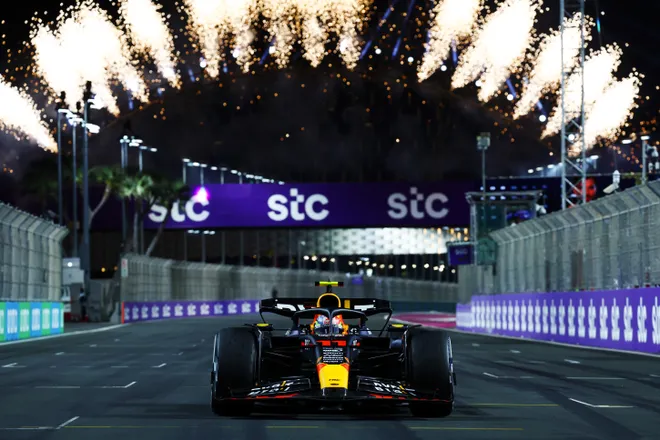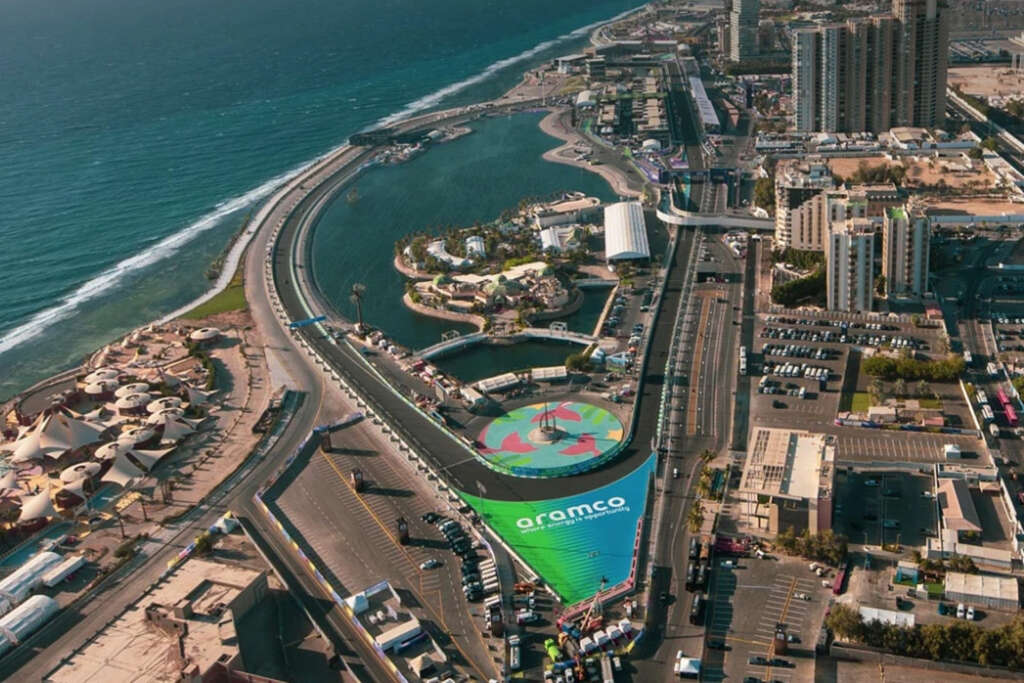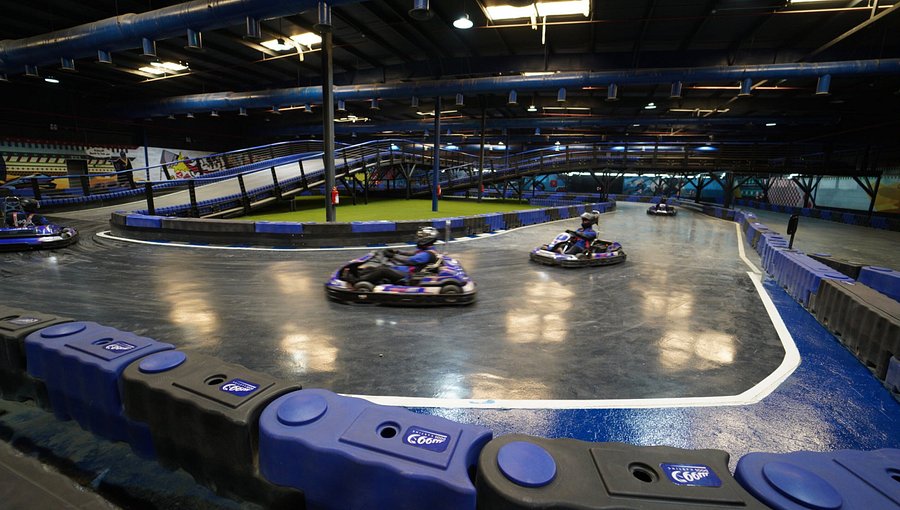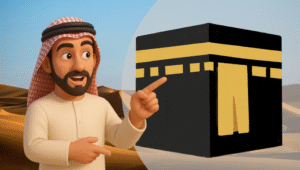
Motorsports in the Middle East used to be a glamorous spectacle for the elite—fast cars, desert backdrops, and a dash of celebrity. But today, something much deeper is happening. Saudi Arabia is not just hosting races.
It’s growing a motorsports culture from the ground up, and it’s doing it with strategy, speed, and serious vision.
Formula 1, Formula E, grassroots karting, engineering academies—it’s all part of a long-term national transformation. This isn’t just about racing. It’s about reshaping an entire industry.
From the Sidelines to Center Stage
When the Saudi Arabian Grand Prix made its debut in 2021, skeptics called it ambitious. But it wasn’t just a flashy one-off. The Jeddah Corniche Circuit, now known as one of the fastest street tracks in the world, delivered pure chaos, speed, and drama—exactly what F1 thrives on.
Suddenly, Saudi Arabia wasn’t just watching the motorsports world. It was steering it.
With top speeds over 250 km/h and stunning views of the Red Sea, the track has attracted millions of viewers and serious investment. But what sets Saudi apart is what happens after the race weekend ends.
A Real Vision—Not Just a Vanity Project
Motorsports are baked into Vision 2030, Saudi Arabia’s plan to diversify its economy and redefine national identity. Racing fits into it in ways that might surprise people—through tourism, sustainable development, innovation, and youth engagement.
Look at the Diriyah E-Prix, part of the all-electric Formula E championship. Held under the stars in one of the country’s oldest cities, the race merges heritage with tech-forward thinking.

And it was no small move—Saudi Arabia was the first Middle Eastern country to host a Formula E race back in 2018. That decision placed the Kingdom at the forefront of electric racing and sustainability.
High-speed cars are cool. But high-speed national vision?
That’s power!
Unlike traditional racing, Formula E pushes renewable energy, data-driven performance, and mobility innovation. Saudi’s investment in the series sends a clear message: the future of motorsports will be as smart as it is fast.
Meet the Trailblazers: Reema Juffali and the New Generation
No conversation about Saudi motorsports is complete without Reema Juffali—Saudi Arabia’s first female racing driver. She’s not just symbolic. She’s competitive, serious, and setting the tone for a new generation.
In 2022, Reema launched Theeba Motorsport, a team dedicated to giving Saudi and Arab drivers international racing opportunities. She’s already making her mark on the GT circuit, but more importantly, she’s opening doors that didn’t even exist five years ago—especially for women.
Beyond Reema, the country is fueling a broader movement. The Saudi Arabian Motorsport Company (SMC) and Saudi Racing Academy are pouring resources into youth development.
Karting programs are thriving. University teams are building their own EV racers. Young Saudis now have actual racing paths to follow, from grassroots to global.
Building an Industry, Not Just Hosting a Sport
Saudi Arabia isn’t just laying down racetracks—it’s constructing an entire motorsports economy. According to SMC, motorsports events in the Kingdom are projected to contribute over $500 million in annual economic impact by 2030. That includes job creation, tourism, sponsorships, and tech development.

The construction of the Jeddah Corniche Circuit alone employed over 3,000 local workers and engineers, and there’s more coming.
Qiddiya, Saudi’s entertainment and motorsports city in development, promises to include a FIA Grade 1 racetrack, a racing academy, entertainment zones, and year-round events. It’s being positioned as the future home of motorsport in the region.
Investing in the Future: Talent and Training
The grassroots layer is where this “empire” really takes shape. Through partnerships with the Saudi Arabian Automobile and Motorcycle Federation (SAMF), youth programs are targeting students as early as primary school.
In 2023 alone, more than 1,500 students participated in motorsports awareness workshops—with that figure expected to double by 2025.

The Saudi Racing Academy, aligned with international bodies like the FIA, is training drivers, mechanics, data engineers, and even esports racers.
Karting circuits in Riyadh, Dammam, and Jeddah are reporting record numbers, while student racing clubs at universities like King Saud University are receiving government-backed support to develop homegrown innovations.
It’s no longer rare to see a Saudi teenager dreaming of a seat in Formula 2. It’s starting to feel inevitable.
This Isn’t Just a Trend—It’s a Movement
Motorsports in Saudi Arabia are evolving fast, but this isn’t a sprint. It’s a marathon—and a movement. From Reema Juffali’s pathbreaking story to the future circuits of Qiddiya, the Kingdom is carving out a space in global motorsports that goes beyond prestige.
It’s about participation.
It’s about access.
And it’s about rewriting what racing looks like, from the inside out.
Saudi Arabia isn’t just building a racetrack. It’s building a motorsports empire—and the checkered flag is just the beginning.
We Want to Hear from You!
What’s your take on Saudi Arabia’s motorsports journey? Do you think the Kingdom is on the right track—or racing ahead too fast?
Send us your thoughts, questions, or even your own motorsports experiences to [email protected]. We read every message!
And if you’re as passionate as we are about shining a spotlight on the Middle East’s untold stories—follow us on social media and turn on website notifications.
We’re committed to covering the culture, innovation, and ambition that often gets overlooked. Let’s keep the conversation going—and give the region the credit it deserves.



